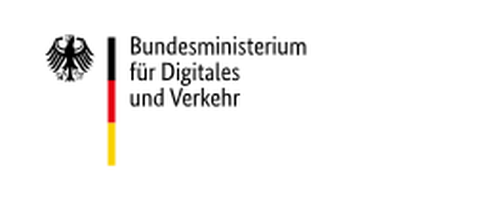MOTUS - Key factors for sustainable and resilient transport
Project manager: Dr.-Ing. Angelika Hirrle
Project duration: 11/2021 – 10/2024
TUD-internal projektpartners: Chair of Automobile Engineering; Chair of Transport Ecology
TUD-external projektpartners: Chair of Cycling and Local Mobility, Universität Kassel und Teralytics GmbH, Hürth
Funding Program: Innovation initiative mFUND (Modernity Fund) of the BMDV
Project volume: 1.102.386 Euro (of which 72% funding by BMDV)
Project content
Problem: Disruptive events change behavior. For example, the Corona pandemic continues to turn everyday life and thus the mobility behavior of many people upside down: Familiar routes are eliminated and new means of transport, such as the bicycle, are added, also due to concerns about contagion in public transport. How long-term the changes will be, as well as the impact on the sustainability and resilience (resistance) of existing transport systems, is unclear. What is certain, however, is that other disruptive events will occur, such as climate change or structural change in lignite mining regions.
Project objective: The objective of MOTUS is to develop a simulation platform that provides a holistic view of the urban transportation system and its actors. This will enable decision-makers from municipalities to derive preventive measures for future disruptive events and to take specific precautions. The platform takes into account both the sustainability and the resilience of an urban transport system. Special attention will be paid to the Corona pandemic, climate change and structural change in lignite mining regions.
The basis for the model stored in the simulation platform is formed by mobile phone, drone, detector, accident and survey data before, during and after the Corona pandemic.
Implementation: The first step is to create a database of analyzed mobility data. A model will then be developed to represent mobility behavior, travel demand and flow, and accident risk, among other factors (see figure). The model is then embedded in a control loop with an evaluation unit for the target-performance comparison of sustainability and resilience. This allows measures to be directly evaluated for their sustainability and resilience. Finally, an initial application is made to two model municipalities, primarily from the lignite mining regions. These will be used to run through various disruptive scenarios and derive targeted preventive measures.

